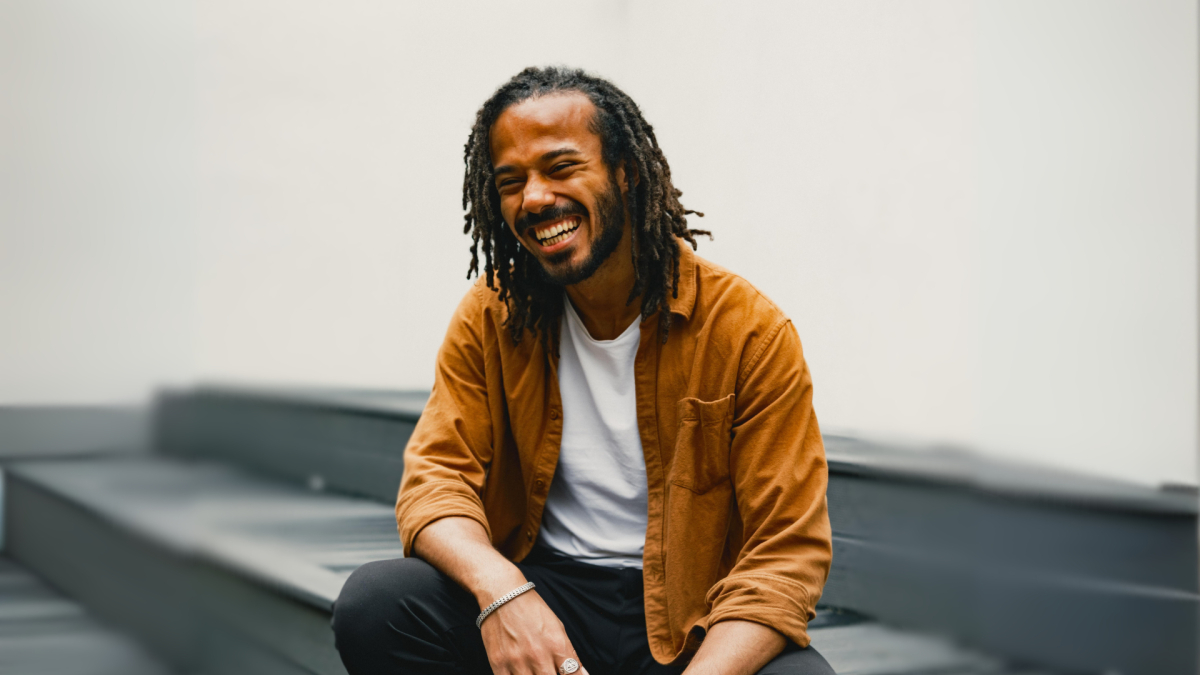This website uses cookies in order to enhance the overall user experience.
Meet Brett: How we match creatives to the ideal studio space
Eat Work Art’s Resident Curation team don't just provide creatives with studio space — they are the people who shape our building's communities. From initial conversations to carefully considering the unique needs of each prospective resident, their approach is as much about fostering community as it is about finding the right space.
We spoke to Brett, Resident Curation Assistant (who speaks to every person that enquires about our creative studios), about the changes he's observed in the last few years and the importance of having a creative perspective in the role.
You work on the Resident Curation team, matching creatives with studio space. Tell us a little about what you do with these prospective residents.
As a member of the Resident Curation team, I work to match prospective residents to the perfect space. When someone gets in touch looking for their ideal studio, I'm the first person they speak to — starting with a brief conversation, I get to hear more about their work, and what kind of space they are after. The team and I then look at which of our sites could offer them the best opportunities and connections to grow, and suggest spaces there that will work for them. It’s cheesy, but we really do sell community rather than spaces.
I think the level of consideration that Eat Work Art takes when building communities reflects the attention to detail dedicated to developing our on-site offering, right down to where I am.
What trends have you seen in the last few years in regard to the kind of creatives coming through our doors?
We receive a variety of prospective residents, from larger-scale brands to the independent creatives and businesses who are both established or expanding into their first studio.
A major observation that I've noticed is that we get a lot more people enquiring who know what we are about, what we do and who we want to work with. We see increasingly more creative brands who want to collaborate with our residents, add to our community and grow with us and the experience we offer.
It used to be that we had to dedicate a lot of time explaining how we were different from other studio providers. Now, thanks to a host of events curated by Eat Work Art and collaborations with the community, it feels like people get what we're about from the start, meaning we have more time to focus on understanding how we can help prospective residents. This has also been thanks to us learning from our current community about what works from a messaging standpoint, and from having me as a point of contact in the first stage.
You oversee the people that take spaces in our communal spaces at Hackney Downs Studios, Heartspace and Palmspace. How do you find curating these kind of micro-communities in the wider studio space?
I’ve played a pretty major part in curating our co-working spaces at Hackney Downs Studios over the last year or so — Heartspace, the shared studio space for traditional artists, and Palmspace, our desk-based offering. It's been great to offer a service like this to other artists, especially given that I paint and animate myself, so it's nice to hear about how they are taking their first steps into a creative community looking to grow. Our team even collaborated with the artists in Heartspace to host a joint exhibition to give smaller businesses and independent artists more of a voice within the community.
If I were someone looking for a studio, I'd be reassured to hear another creative explaining why a space is right for me and why, honestly, some aren't. Our teams are not just here to make a sale at the end of the day — we take the time to understand what our residents want. And with art, it's usually a little more nuanced than just a space, so it helps to have someone like me, who understands more about the needs of traditional artists.
As you’ve mentioned, you’re a creative yourself. How does working at Eat Work Art feed into or inspire your own creativity?
Coming from an architecture background, it was nice to apply similar spatial planning skills in the curation of some of our 2024 exhibitions — such our International Women's Day exhibition, Disappointed wildlife, and the co-working exhibition. It was really inspiring to see the difference that being part of a creative community made for such artists, and great to be part of the process to get them in front of an audience. It's given me a lot of passion to pursue some more of my own personal ventures in animation and design. Eat Work Art is a great example of how easy it can be to bridge that gap and get the ball rolling.

